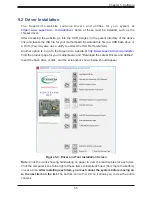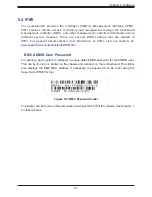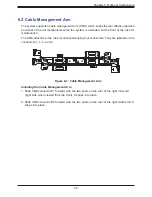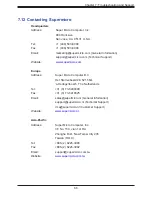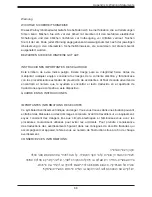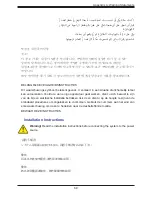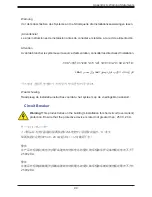
75
Chapter 7: Troubleshooting and Support
No Video
1. If the power is ON but you have no video, remove all the add-on cards and cables.
System Boot Failure
If the system does not display POST (Power-On-Self-Test) or does not respond after the
power is turned ON, check the following:
Turn ON the system with only one DIMM module installed. If the system boots, check for bad
DIMM modules or slots by following the Memory Errors Troubleshooting procedure below.
Memory Errors
1. Make sure that the DIMM modules are properly and fully installed.
2.
Confirm that you are using the correct memory. Also, it is recommended that you use the
same memory type and speed for all DIMMs in the system. See
for memory
details.
3. Check for bad DIMM modules or slots by swapping modules between slots and noting the
results.
4. Check the power supply voltage 115V/230V switch.
Losing the System's Setup Configuration
1. Make sure that you are using a high-quality power supply. A poor quality power supply may
cause the system to lose the CMOS setup information.
2. The battery on your motherboard may be old. Check to verify that it still supplies ~3VDC.
If it does not, replace it with a new one.
3.
If the above steps do not fix the setup configuration problem, contact your vendor for repairs.
When the System Becomes Unstable
If the system becomes unstable during or after OS installation, check the following:
1. CPU/BIOS support: Make sure that your CPU is supported and that you have the latest
BIOS installed in your system.
2. Memory support: Make sure that the memory modules are supported by testing the modules
using memtest86 or a similar utility.





